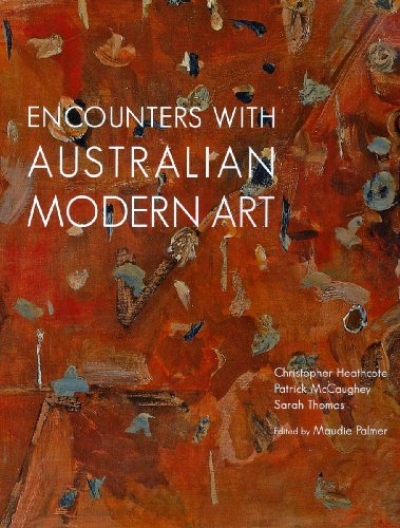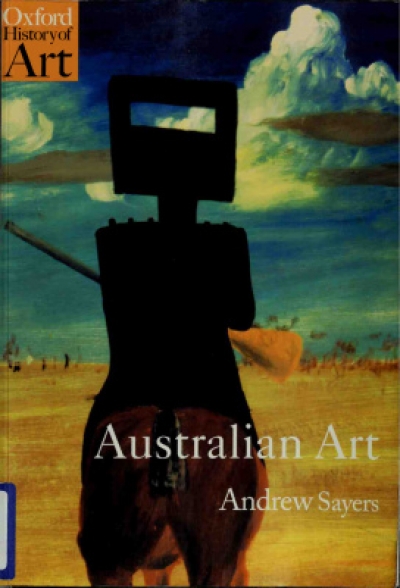Patrick McCaughey
Twenty years ago, when I was at the Wadsworth Atheneum in Hartford, I heard of an Arthur Boyd exhibition in SoHo. Recklessly, without seeing the show, I urged my American friends to see one of Australia’s foremost contemporary painters. The gallery, unknown to me, turned out to be small and unimpressive. There were five or six late paintings, including one of those large, multi-figured bathers, with that disconcerting quality of Boyd at the end of his career, both slapdash and commercial at the same moment. ‘So this is what contemporary Australian painting looks like?’ my companion asked ironically, just within the bounds of good manners.
... (read more)DIAMETRIC OPPOSITES
Dear Editor,
I concur with Daniel Thomas’s high opinion of the collection of Eva and Marc Besen and of their TarraWarra Museum, and share his admiration of the essays by Christopher Heathcote and Sarah Thomas in his review of Encounters with Australian Modern Art (February 2009).
...Encounters with Australian Modern Art by Christopher Heathcote, Patrick McCaughey and Sarah Thomas
Never far from one’s mind these days, the events of September 11, 2001, and their direct aftermath in Afghanistan and elsewhere, had to be prominent in this month’s issue of ABR, such is their complex resonance and ubiquitous iconography. To complement Morag Fraser’s essay in this issue on the consequences of ‘September 11’ for civic ...
Ten days in Australia in July brought a remarkable round of studio visits plus an exhibition of new Australian painting, Phenomena, at the Art Gallery of New South Wales. Painting has had a hard time of it lately. Michael Wardell, curator of Phenomena, goes further: ‘throughout the twentieth century, painting has been under threat,’ claims the slightly melodramatic opening sentence of his otherwise modest and useful catalogue. The claim became even more of a reach at the AGNSW where, on the floor below Phenomena, you could see the pictures from the Orangerie with superb Cézannes, Picassos, Soutines and Rousseaus. None of them looked particularly threatened to me.
... (read more)

